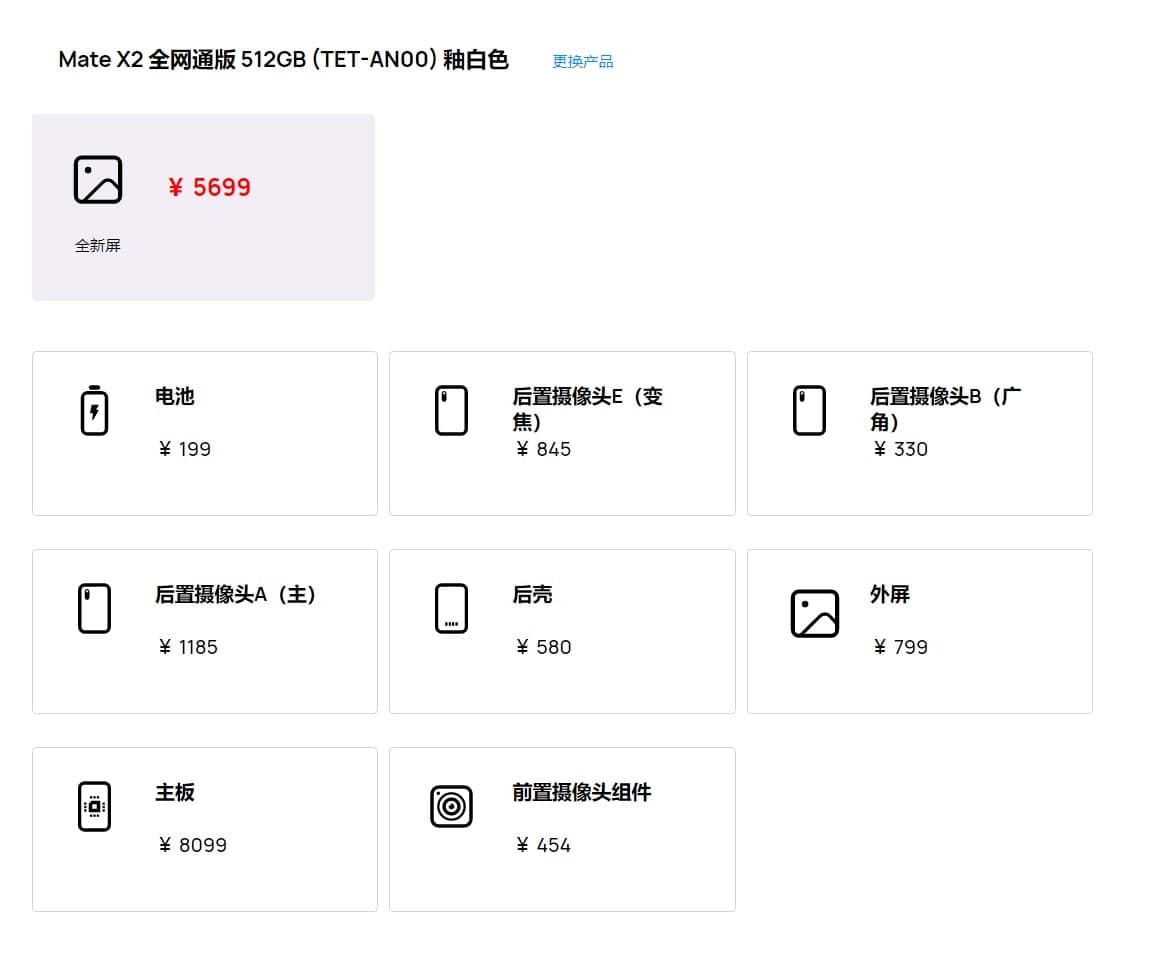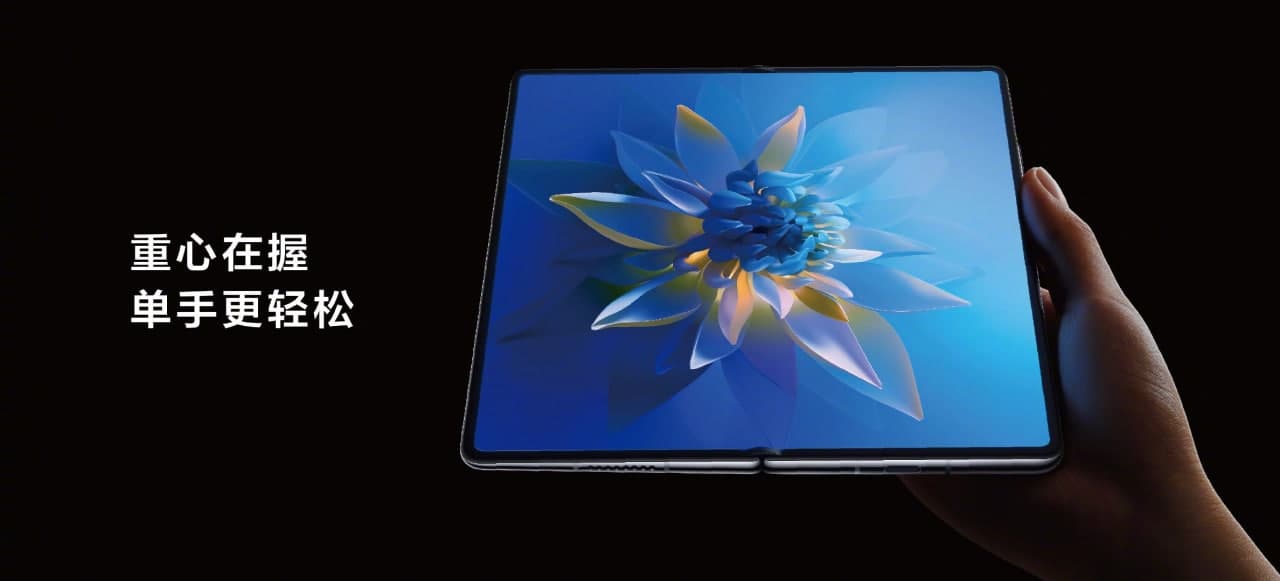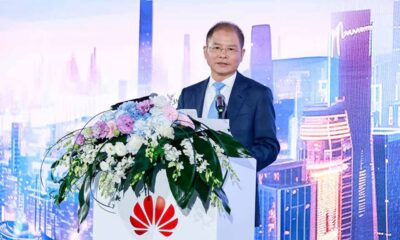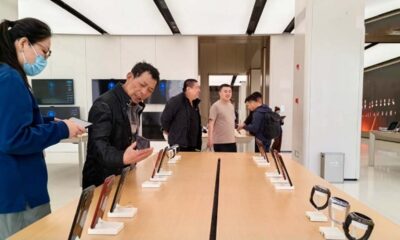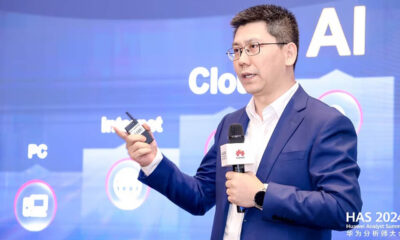News
Huawei Mate X2′ foldable display replacement will cost less but motherboard…

Huawei Mate X2 is officially launched and brings a new folding design, two display systems, a better hinge mechanism as well as new aesthetics that make the user experience even better.
According to the information, the Huawei Mate X2 comes with a hefty amount of price, which is 7,999 yuan for the 256GB version and 18,999 yuan for the 512GB version. This foldable device will be on sale on February 25.
Aside from this, Huawei has released the repair parts information of the Huawei Mate X2 and as we could expect, the repair cost of the main display still costs you much but it’s cheaper compared to its predecessor.
Let’s take a look at the repair costs:
- Display – 5699 CNY (882 USD)
- Battery – 199 CNY (30 USD)
- Motherboard – 7199 CNY (1114 USD) for 256GB version and 8099 CNY (1253 USD) for 512GB version
- Rear camera (Periscope Zoom) – 845 CNY (130 USD)
- Rear camera (Ultra wide angle) – 330 CNY (51 USD)
- Rear camera (Main) – 1185 CNY (183 USD)
- Back Case – 580 CNY (89 USD)
- Front camera – 454 CNY (70 USD)
In comparison to the Mate X2, the first-gen Mate X display replacement costs 7090 CNY while the Mate X2 replacement costs 5699 CNY, which is a big change. On the other hand, the motherboard of the Mate X2 is quite heavy in terms of pricing at 7199 CNY, and the Mate X’s motherboard costs around 3579 CNY.
Huawei Mate X2:
Huawei Mate X2 comes with a new foldable phone mechanism and allows users to fold the tablet size device in half, providing a new kind of experience.
It comes with two displays, the main display expands at the 8.01-inch flexible display with a magnetically controlled nano-optical layer and helps the device to protect the screen. On the other cover side, it has a 6.45-inch display that helps users to get interact with the user device once the phone is locked.

